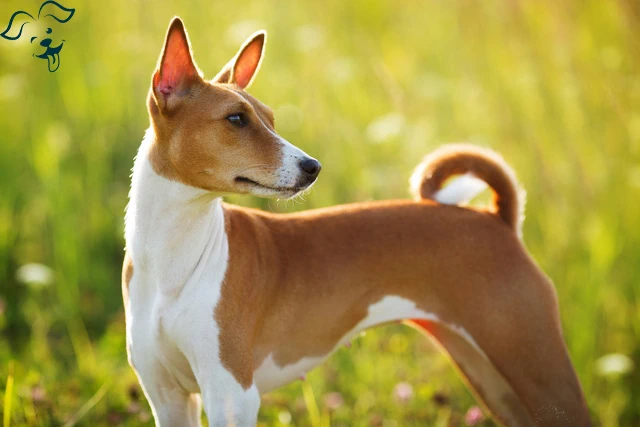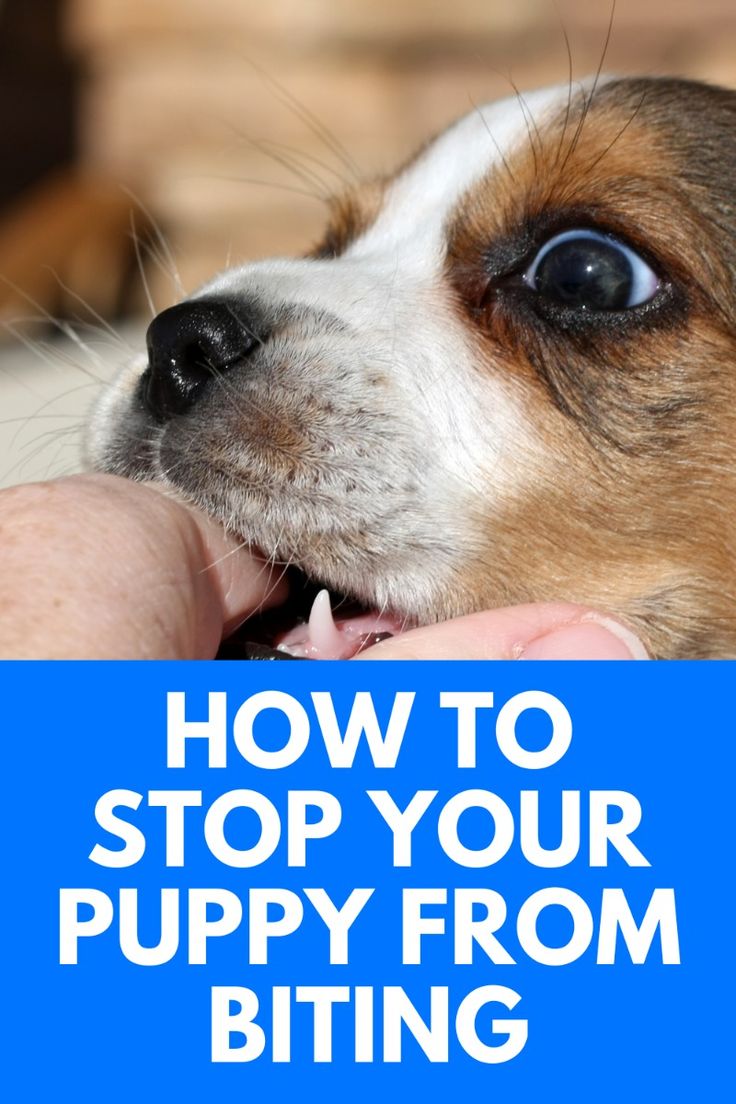CARING WITH FAMILY
|
| The level of affection a particular breed is inclined to show towards family members or familiar individuals is a significant factor to consider. Certain breeds tend to be distant and reserved with everyone except their primary caregiver, whereas others extend their friendly disposition towards anyone they are acquainted with, treating them as their closest companion. |
LOVE WITH CHILDREN
Unwise
Good With Children
|
| The degree of tolerance and patience a breed exhibits towards children's behavior along with their overall family-friendly nature is an important aspect to evaluate. It is crucial to ensure that dogs are always supervised when in the presence of young children or children of any age who have limited exposure to dogs. |
BEHAVIOR WITH DOGS
Unwise
Good With Other Dogs
|
| The inherent friendliness of a breed towards other dogs is a key factor to consider. While it is essential to supervise dog interactions and introductions with other dogs at all times, certain breeds tend to be more naturally inclined to get along with other dogs, both in a home environment and in public settings. |
SHEDDING LEVELS & MANAGEMENT
No Shedding
Hair Everywhere
|
| The amount of fur and hair a breed is prone to shedding is an important aspect to consider. Breeds that shed heavily will require more frequent brushing have a higher potential to trigger specific allergies, and may necessitate more consistent vacuuming and lint-rolling to manage the accumulation of pet hair. |
COAT GROOMING STANDARDS
|
| The frequency at which a breed needs bathing, brushing, trimming, or other types of coat maintenance is an essential factor to consider. It is important to assess the time, patience, and budget you can allocate for grooming care when evaluating different breeds. Additionally, regular nail trimming is necessary for all breeds. |
DROOLING INTENSITY
Less Likely to Drool
Always Have a Towel
|
| The tendency of a breed to drool is a significant aspect to consider. For individuals who prefer cleanliness, breeds that have a propensity for leaving ropes of slobber on your arm or creating big wet spots on your clothes may not be the most suitable choice. |
COAT STYLES GUIDE |
| Smooth |
| COAT SPECTRUM |
| Short |
FRIENDLINESS
Reserved
Everyone Is My Best Friend
|
| The level of welcoming behavior a breed exhibits towards strangers is an important characteristic to consider. Certain breeds tend to be reserved or cautious around all strangers regardless of the location, while others are naturally inclined to happily greet new humans whenever they are around. |
LIVELINESS
Only When You Want To Play
Non-Stop
|
| The level of enthusiasm a breed displays towards play, even beyond puppyhood is an important aspect to consider. Some breeds will continue to have a strong desire to play tug-of-war or fetch well into their adult years, while others may be more content to relax on the couch with you most of the time. Understanding a breed's inclination towards playfulness can help match it with your own activity level and preferences. |
VIGILANCE INTENSITY
What's Mine Is Yours
Vigilant
|
| The tendency of a breed to alert you when strangers are present is an important aspect to consider. Some breeds are more likely to react to any potential threat, whether it's the mailman or a squirrel outside the window. These breeds are typically attentive and will warm up to strangers who enter the house and are accepted by their family. |
ADAPTATION CAPACITY
Lives For Routine
Highly Adaptable
|
| The adaptability of a breed to handle change is an important characteristic to consider. Some breeds are more flexible and able to adjust to changes in living conditions, noise levels, weather conditions, daily schedules, and other variations in day-to-day life. On the other hand certain breeds may struggle with changes and prefer a more consistent and stable environment. Understanding a breed's ability to handle change can help ensure a good match with your lifestyle and circumstances. |
OBEDIENCE LEVEL
Self-Willed
Eager to Please
|
| The training process and the dog's receptiveness to learning new things differ across breeds. While some breeds are highly motivated to please their owners, others show a preference for independence, opting to behave as they wish wherever they please disregarding external expectations. |
STAMINA LEVEL
|
| The amount of exercise and mental stimulation a breed needs is an important consideration. High-energy breeds are typically ready and eager for physical activity, often engaging in running, jumping, and playing throughout the day. These breeds require regular exercise and mental stimulation to stay happy and prevent boredom. On the other hand, low-energy breeds tend to be more laid-back and content with relaxing and snoozing. They typically require less exercise and mental stimulation. Matching a breed's energy levels and activity requirements with your lifestyle and availability for exercise and mental engagement is key to providing them with a fulfilling and balanced life. |
VOCALIZATION
|
| Infrequent |
LEARNING CURIOSITY LEVEL
Happy to Lounge
Needs a Job or Activity
|
| The amount of mental stimulation a breed requires to stay happy and healthy is an important factor to consider. Purpose-bred dogs that have jobs requiring decision-making, problem-solving, concentration, or other mental qualities typically have a higher need for mental exercise. Without adequate mental stimulation, these breeds may resort to creating their own activities to keep their minds busy, which may not align with your preferences. Providing appropriate mental stimulation for a breed's specific needs is crucial for their overall well-being and can help prevent behavioral issues. |
| COLORS |
|
Description
|
Registration Code
|
|
Black & White
|
019
|
|
Black Tan & White
|
030
|
|
Brindle & White
|
059
|
|
Red & White
|
146
|
|
| PATTERNS |
|
Description
|
Registration Code
|
|
Brindle Markings
|
007
|
|






























FRIENDLINESS
LIVELINESS
VIGILANCE INTENSITY
ADAPTATION CAPACITY